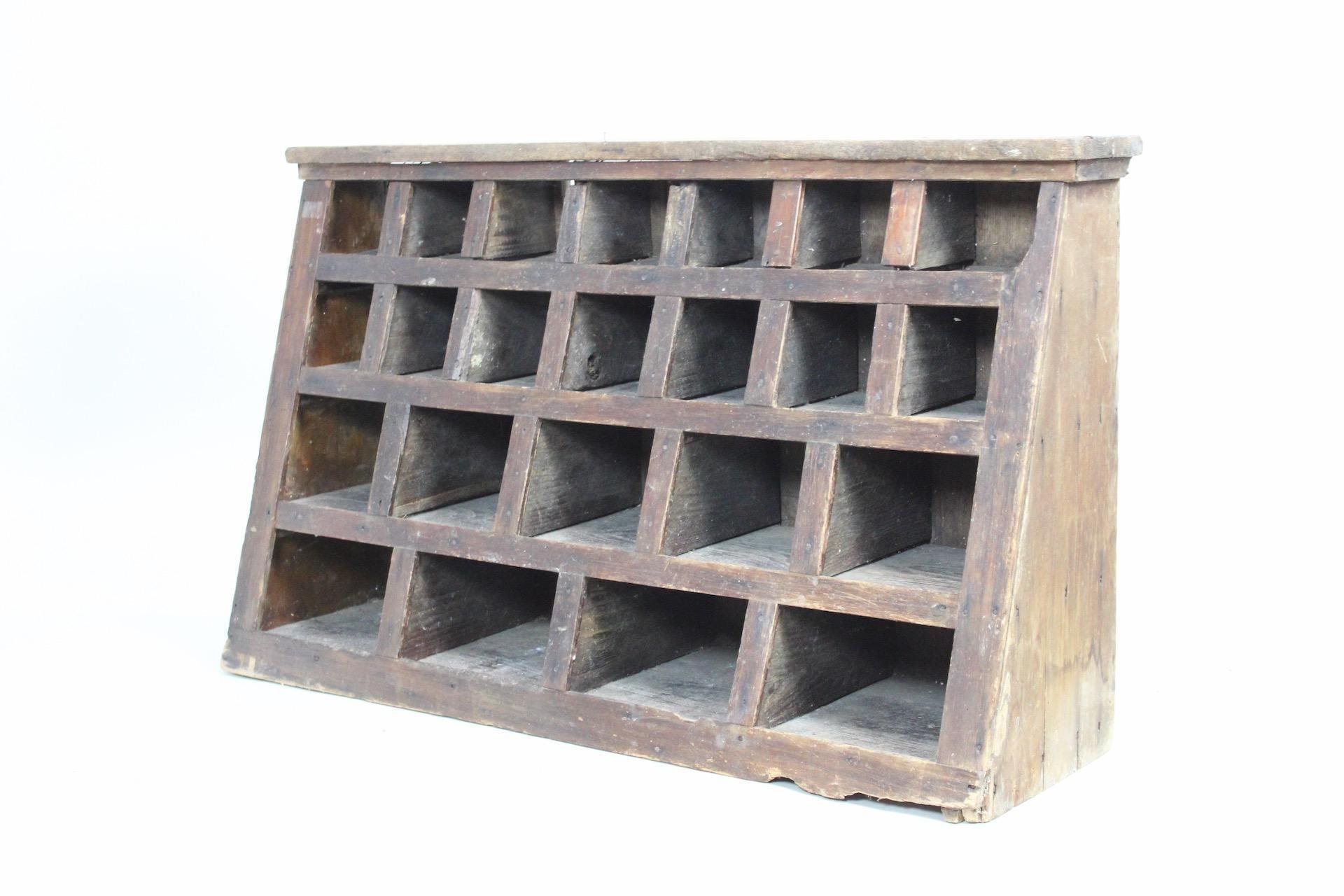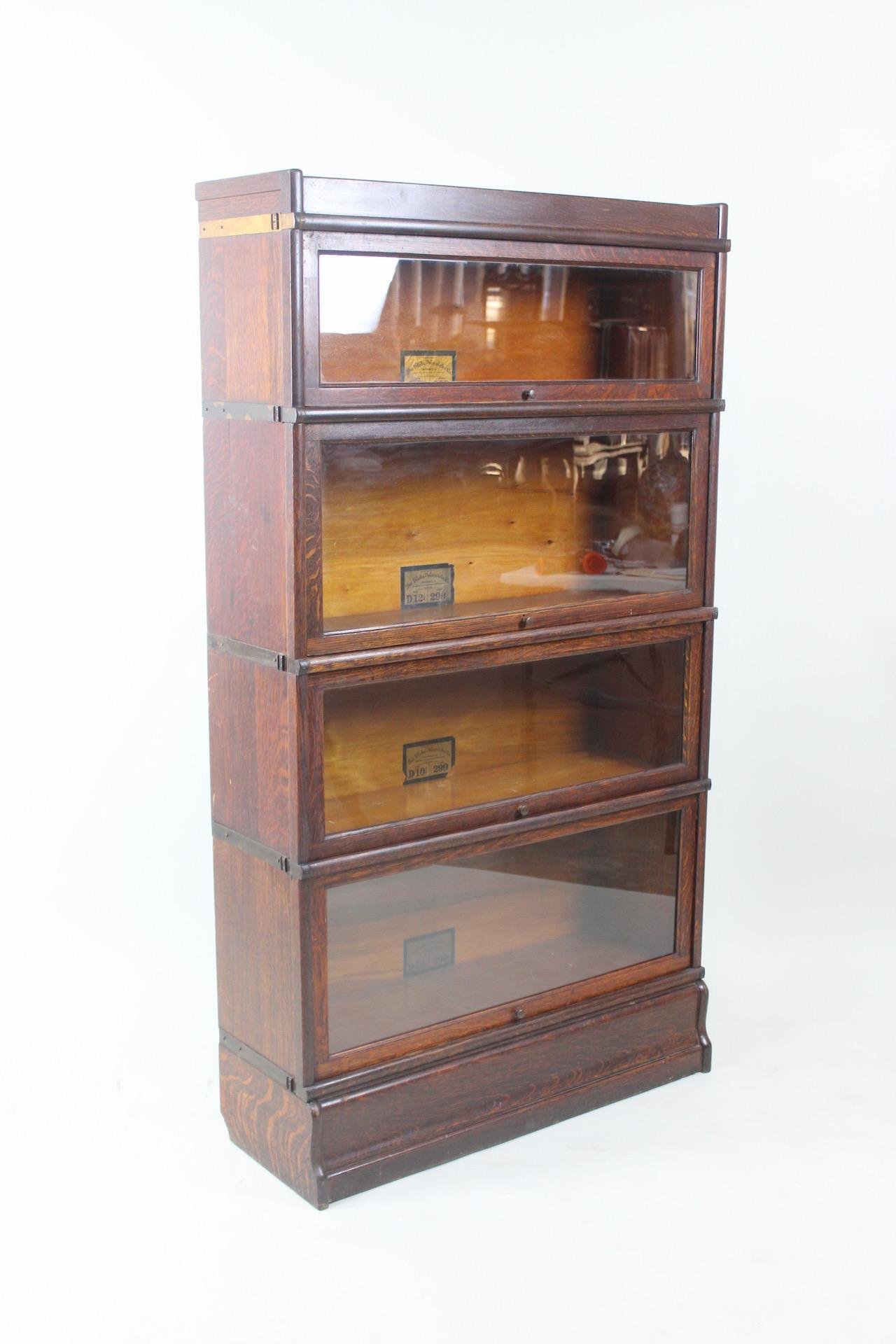Storage & Display With an Antique Purpose
One thing that attracts us to antique furniture is how an item that was built for one specific purpose can call to mind a time and a culture very different from our own. Especially when that specific purpose is obsolete. Or it may simply appear old-fashioned or outdated. Or its use may have transformed and adapted with the times into something contemporary yet distinct from its original intent. But if we stare long enough at such pieces, they can start to seem like small monuments to another way of life—and reminders of the contingency of our own. They suggest that as the world changes, and the furniture with it, we can live, will live—must live—differently.
Public Sale’s upcoming Anticipated auction features several purpose-built pieces made for storing and displaying various things. They share typical features of some kind of compartments and sets of drawers or doors for concealing, protecting, and accessing those things. But how they do this is different, and customized to the purposes for which they were intended.
Consider the spool cabinet, Lot 272, designed with drawers exactly the height of a pool of thread—as evidenced in this case by the circular outlines still visible on the drawer bottoms. Or its companion needle cabinet, Lot 271, with tiny holes, each labeled with hand-adhered numbers. Those numbers have been sticking there long since the person who understood their numbering has passed. And a spool might have sat in that compartment, slowly leaving its imprint, for longer than you have been alive on this planet.
These are relics of the height of sewing’s machine age. A person who services those machines might have carried another purpose-built cabinet known as a “machinist’s chest”. This wooden specimen of Lot 584 could also have been a 19th-Century letter writing box or “field desk” used in military settings. Or it might have been all of the above.
Objects have a way of outliving their original purpose, no matter how narrowly tailored to one specific use they seem to be. And the people who possess these objects outgrow their own purposes. It’s not just that people lived differently in the past, but that they themselves were also living differently from those who came before. They were also repurposing what was available to them.
Look closer, dear reader, at those shadows of thread spools in the cabinet bottom. Upon further inspection, it appears they were actually caused by corrosion from the round shape of metal washers—some still stuck under nearby dividers. The machinist was using the spool cabinet for his nuts and bolts. And the labels on some of those compartments—“Aristocrat,” “Regalios,” and “Puritanos Finos”—are not names of models of sewing machines, like on the needle chest, but in fact brands of Cuban cigars. Someone else used this box to store fine cigars.
These people were repurposing things that they discovered from their own histories, from pasts that were perhaps farther in time from them than they are to us. When we repurpose something from the past, we are not some kind of modern innovators boldly departing from the customs of people who were condemned to follow some ossified tradition. That might sometimes happen, but usually—we’re simply doing exactly as they did.
In that spirit: what might you do with a primitive yet elegant shelf with graduated cubbies (Lot 705) originally intended for postal sorting, or a mirrored apothecary style wooden cabinet with tiny drawers and one tiny door (Lot 582)? Or an exquisite Globe Wernicke barrister bookcase (Lot 409): is there not still a need for storage that is modular, stacking, easily transportable, protective, and with a distinguished appearance, like there was for the lawyers of yesteryear who moved their reference books from one court to another?
The furniture changes, but the needs stay the same: storage, display, and everything in between. Antiques don’t merely evoke a sense of purpose, they spark an imperative to repurpose, and in so doing, they connect us more deeply to a longstanding human tradition. A tradition that never gets old.





